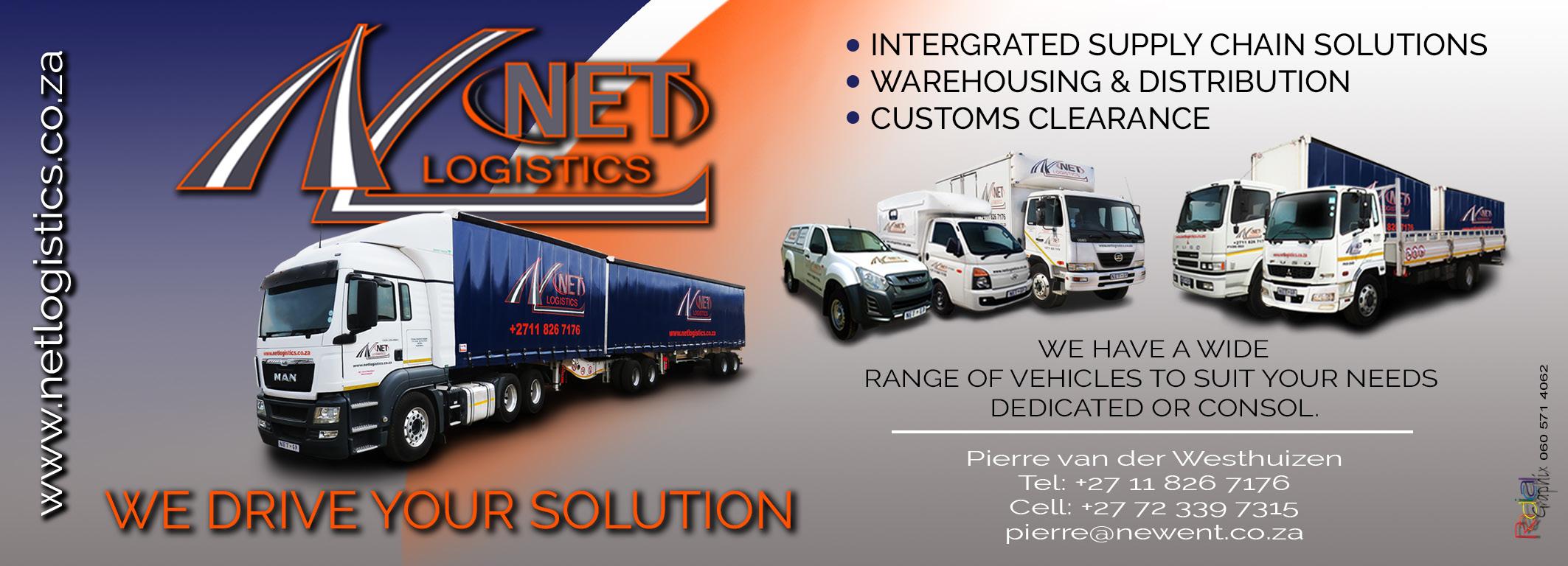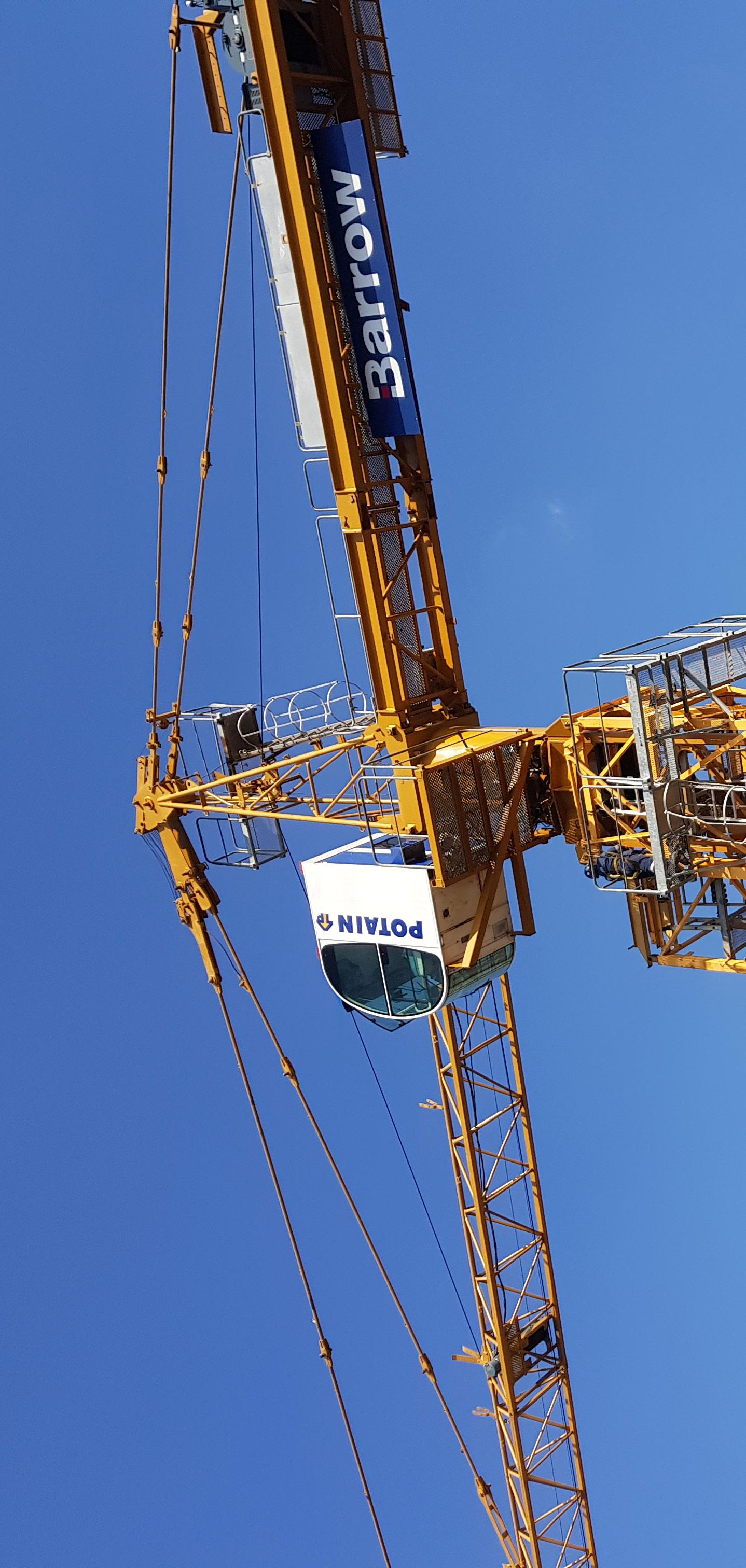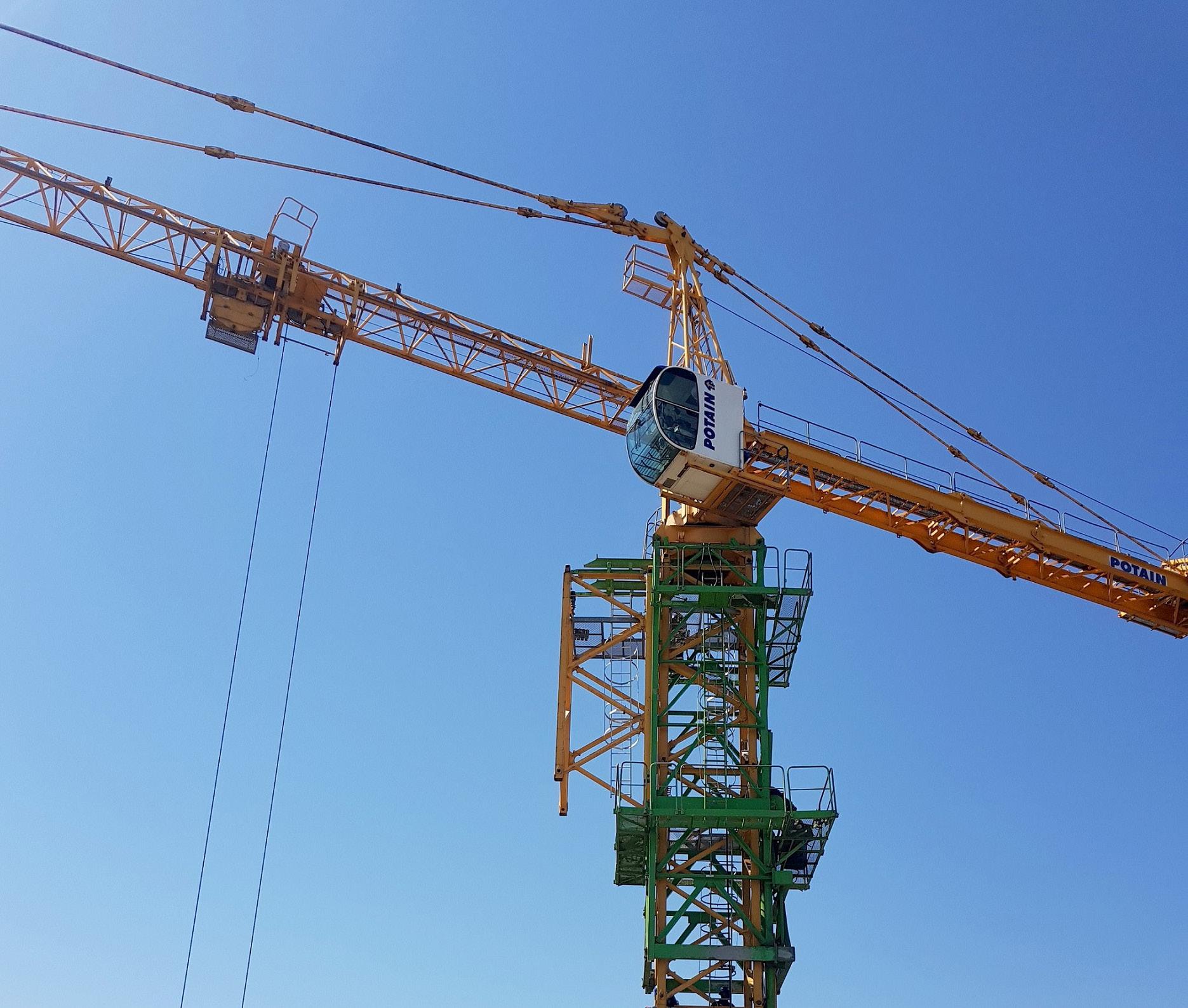
4 minute read
Net Logistics
surface of the earth in the crane industry it is slightly more complex. “When dealing with mobile cranes the ground can take different forms and applications from elevated decks to spider cranes and special equipment being brought into and onto buildings as well as marine applications. All of these will require specific approaches to determine stability.”
Walsh says when it comes to Mother Earth there is no magic at play. “All objects on earth exert some amount of downward force on the earth’s surface due to gravity and this includes live and dead loads and also reactive forces, gravity opposed by tension forces of the ground surface,” he says. “Therefore it is important to not just focus on the big crane when considering what bears down on the ground.”
He says having a clear understanding of this and Newton’s Third Law – for every action, there is an equal and opposite reaction – is critical in terms of creating a stable base for any equipment. It is also important to distinguish between the actual ground bearing capacity of soil to support applied loads on a sustained basis, without settlement or shear failure in the soil and the allowable ground bearing pressure.
“This would be the calculated or assumed capacity of the soil,” explains Walsh.
Methods used According to Walsh despite being the least reliable the most commonly used method to determine bearing capacity is a visual assessment. “This really entails taking a look at the ground and then determining what class of soil it is so typically it is rock or shale, gravel or sand,” he says. “But unless there is a capital S on one’s chest, the reality is that you have no clue as to what is five feet down and what changes there are in the soil.
There is no knowledge about any voids or unconsolidated soils all of which can have a significant impact on the actual capacity and bearing up the load.”
It is with this in mind that Walsh advises always doing a geophysical assessment. This entails taking soil samples that are analysed in a laboratory. It is especially important on sites where there is no historical data available.
“The best way to get data is by geotechnical means. It is, however, also the most expensive way,” he says. Too often it is assumed that there is a uniform distribution of forces and uniform soil conditions. “This is just not true and can be catastrophic.
It is important to take the time and determine what the ground bearing capacity is to ultimately ensure ground stability.”He says once the ground bearing capacity is developed decisions can be taken to deal with inadequate ground conditions.
“This could mean lightening the load by breaking it down and lifting smaller loads at a time. Another option is to increase the distribution area for ground pressure, meaning one increases the footprint of the lift through increased square footage of mats and plates,” he says. “Alternatively one could modify the actual ground conditions to improve the stability.”
Walsh emphasis the importance of ground preparation regardless of whether it is a rough terrain crane, a boom truck or a heavy crawler.


Could 2020 see recovery of tower crane sales?
The depressed state of construction in South Africa means that tower cranes are usually rented rather than purchased, but there is a chance that this trend may start changing this year.
This is according to Crane & Hoist Equipment SA managing director Brenden Crous. The company is the local distributor for global tower crane leader Potain.
“Rental makes up most of our business at the moment, but customers will start buying again when the sector starts recovering – hopefully later this year,” says Crous.
He notes that there are already about 200 Potain cranes active in South Africa, making it an established brand with a loyal following. Producing cranes since 1928, Potain has sold over 120,000 cranes into the global market.
Formed in 2017, Crane & Hoist Equipment SA has already had a busy few years. Its rental fleet serves projects with up to 8-ton lifting requirements and 50 to 60-metre reach. Its appointment last year as Potain distributor is testament to its experience and skills, says Crous.
“Our management team has a combined four decades of handson familiarity with Potain cranes,” he says. “Likewise, our staff have been selected for their equivalent

44 Lifting Africa - Jan/Feb 2020 Crane & Hoist Equipment SA tower crane crews preparing to telescope a Potain MCT 85 in Rosebank.

levels of experience with tower cranes.”Distributor expertise is vital to customers, says David Semple, senior vice-president at Manitowoc, the owner of Potain. The company awards distribution rights only where the depth of product knowledge and proficiency has been demonstrated, says Semple.
The regions covered by the agreement are South Africa, Namibia, Botswana, Mozambique, Lesotho and Swaziland. However, experts from Crane & Hoist Equipment SA have already contributed to African countries including Ghana, Sudan, Burkina Faso and Guinea.
Crane & Hoist Equipment SA (Pty) Ltd, +27 (0) 83 413 7524, louw@che-sqa.co.za, www.che-sa.co.za










